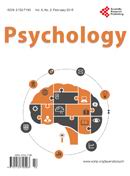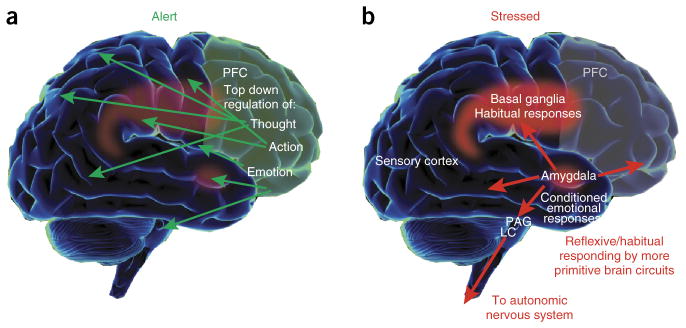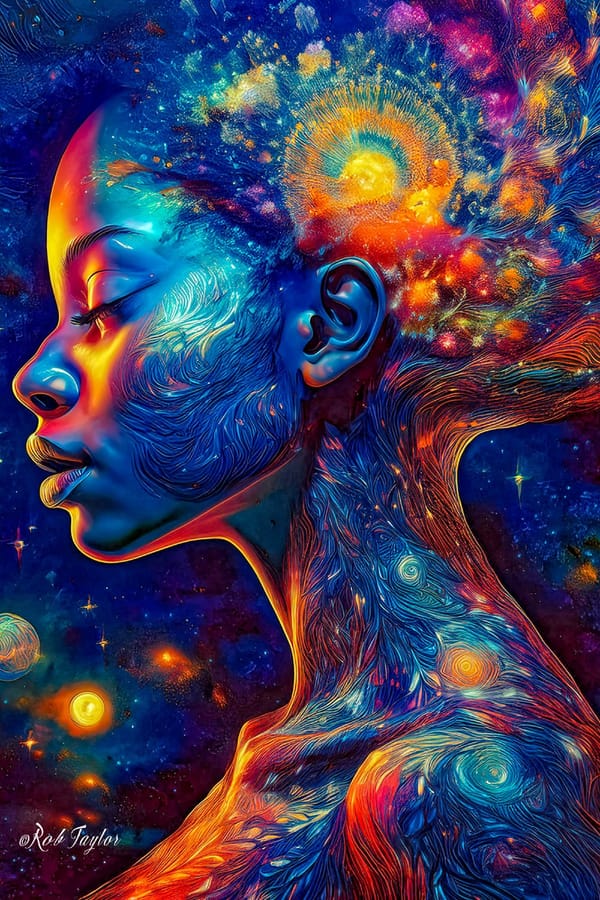Overcoming Ego Bias Conditioning
Our observations occur via the five senses; sight, hearing, touch, taste, and smell. Additionally, our inner dialogue, imagination, dreams, and memories are forms of inner observations. Every model of observation produces emotion.
The association between observation and emotion is vital to understanding human cognition and expanded consciousness. The core of this dynamic rests in the interaction between our observations and the initial emotional responses.
Emotional Response Patterns
From the point of observation, a process of cause and effect relationships is constantly active.
Observation → Emotion → Thought → Inner Dialogue → Verbal/Physical Action
Each effect becomes the next cause, and distinct energy patterns influence each transition.
a. the energy expressed by an emotion is twofold: (1) immediate influence on the collective consciousness and (2) generates words that form a thought
b. the thought formulates the inner dialogue, leading to a build-up of more emotions generating more thoughts
c. the inner dialogue might remain internal or may be expressed verbally and through physical acts
To comprehend the emotion energy construct, we need to dissolve our obstructing brain barrier framework (see my article, Brain Barrier in the Room, Part 1). When an observation triggers an emotional response, a powerful energetic conversion occurs. The initial sensory input converts into an emotional charge, creating an energetic influence (often misinterpreted as “thought energy”). Energetic influences are composed of discrete frequencies based on the type of emotion generated. Some examples of energy type and associated elements are:
· fear creates constricting, debilitating, dense energy patterns
· anger generates hot, explosive energy signatures
· anxiety produces scattered, erratic energy frequencies
· depression manifests as heavy, stagnant energy pools
· hate produces dense, destructive, unstable energy patterns
· envy radiates intense, fermenting, vicious energy patterns
When raw sensory information meets the ego-bias lesser consciousness, a pointed moment of distortion occurs. The observation:
· gets filtered through accumulated ego-bias patterns
· triggers bias conditioned response sequences
· stimulates our default mode reaction patterns
A case in point is when a racially biased individual observes a mother with her multiracial child. The emotions of the biased observer, prompted by their observation, are severely adverse, leading to inflamed thought patterns that activate a a hostile inner dialogue. But the triggered emotions have already infused the collective consciousness with disruptive interference patterns. Will the volatile inner dialogue will lead to a hostile escalation by the observer?
This decisive intersection is the front line between potential expanded consciousness and our root ego-bias interference patterns. Observations from psychological and neuroscientific research propose that direct confrontation with established cognitive conditions often provokes defensive responses, likely boosting rather than reducing these patterns.[1] Studies citing stress induced changes in brain chemistry reflect complex attributes conducive to brain barrier ego-bias influence.[2]
Natural Moderators
Humility, gratitude, compassion, and harmony function as natural moderators during our consciousness evolution. When the qualities are present, they create optimal conditions for natural disintegration of our ego-bias patterns. This process aligns with accepted doctrines of neuroplasticity, where fresh neural pathways develop effectively under conditions of lowered threat response.
This series of four articles will extensively examine functional aspects of the four qualities and the four imperatives; insight, guidance, wisdom, and knowledge (see my article, The Four Imperatives, Part 1). Until the next article, take three minutes each day to ponder these words:
I am humility.
I am gratitude.
I am compassion.
I am harmony.
Frequently Asked Questions
What is consciousness meditation?
Consciousness meditation is specific to the experience of expanded consciousness. The effectiveness of consciousness meditation is conditional to the practioner's understanding of inner work dynamics.
How do emotions create energy patterns?
Emotions are energy patterns. The energy expresses through our observations. Emotion energy shapes our personal energy field and influences the entire spectrum of the unified consciousness horizon.
Related Articles


Feel free to ask questions privately: contact me
Reference Material

















